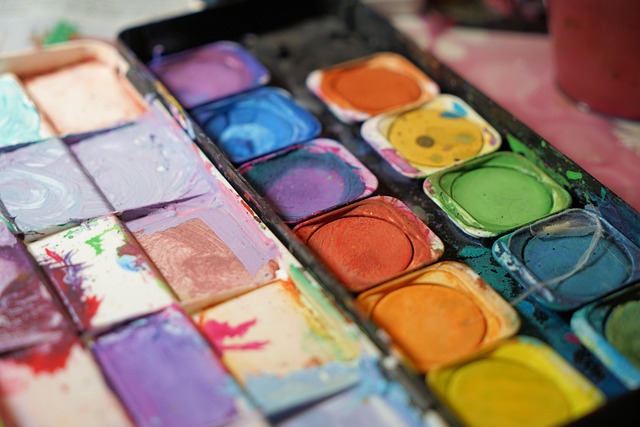When it comes to the world of painting, few techniques are as visually striking or emotionally compelling as the use of gradients. The smooth transition from one color to another can evoke a myriad of feelings, from serene calmness to vibrant energy. For artists, understanding and mastering the art of gradients is not just a technique but a pathway to creating depth and movement in their work.
Gradients are more than just a visual effect; they are an opportunity to tell a story through color. Imagine painting a sunset where the warm hues of orange melt into the cool blues of twilight. Each blend transforms your canvas into an atmospheric experience, allowing viewers to feel a connection to the setting. To achieve this, it’s essential to first recognize the importance of color theory. Knowing complementary, analogous, and triadic colors can greatly improve how you use gradients in your paintings.
One effective technique for mastering gradients is to practice the “wet-on-wet” method. This technique involves applying wet paint onto a wet surface, allowing the colors to blend seamlessly. Start with two colors that complement each other, and use a clean brush to gently mix the edges where the two colors meet. This will create a soft gradient effect, perfect for backgrounds or atmospheric elements in your artwork. Remember, patience is key; sometimes, the most beautiful gradients take time to develop.
Another approach is to use layering. Begin with a base color and gradually build layers of different shades and tints. By mixing white or black into your chosen color, you can create a range of tones that will help form a rich gradient. This technique adds depth and complexity, allowing your painting to draw viewers in as they explore the layering of colors.
Don’t forget about the tool selection either! Different brushes and tools can significantly impact the look of your gradient. For a softer transition, a fan brush works wonders, allowing you to create delicate blends. A sponge can also be utilized for a more textured gradient effect, introducing a unique quality to your work.
As you develop your skills in painting with gradients, consider incorporating them into your favorite subjects. Portraits can benefit from skillful gradients in skin tones, while landscapes can come alive with the interplay of light and shadow. Experimenting with gradients not only enriches your artwork but also enhances your ability to communicate visually with your audience.
Lastly, don’t shy away from digital art! Digital platforms offer endless possibilities for creating gradients with precision. Utilize tools like gradient maps, blending modes, and opacity adjustments to truly master this technique. The versatility of digital media can enhance your painting skills while allowing you to explore gradients in a new dimension.
In your journey of mastering gradients, remember that practice and experimentation are essential. Embrace the process, learn from your mistakes, and let your creativity flow naturally. Each gradient you create tells a story; the more you explore, the deeper those stories become. So pick up your brush, mix those colors, and let the beauty of gradients guide your artistic expression.
